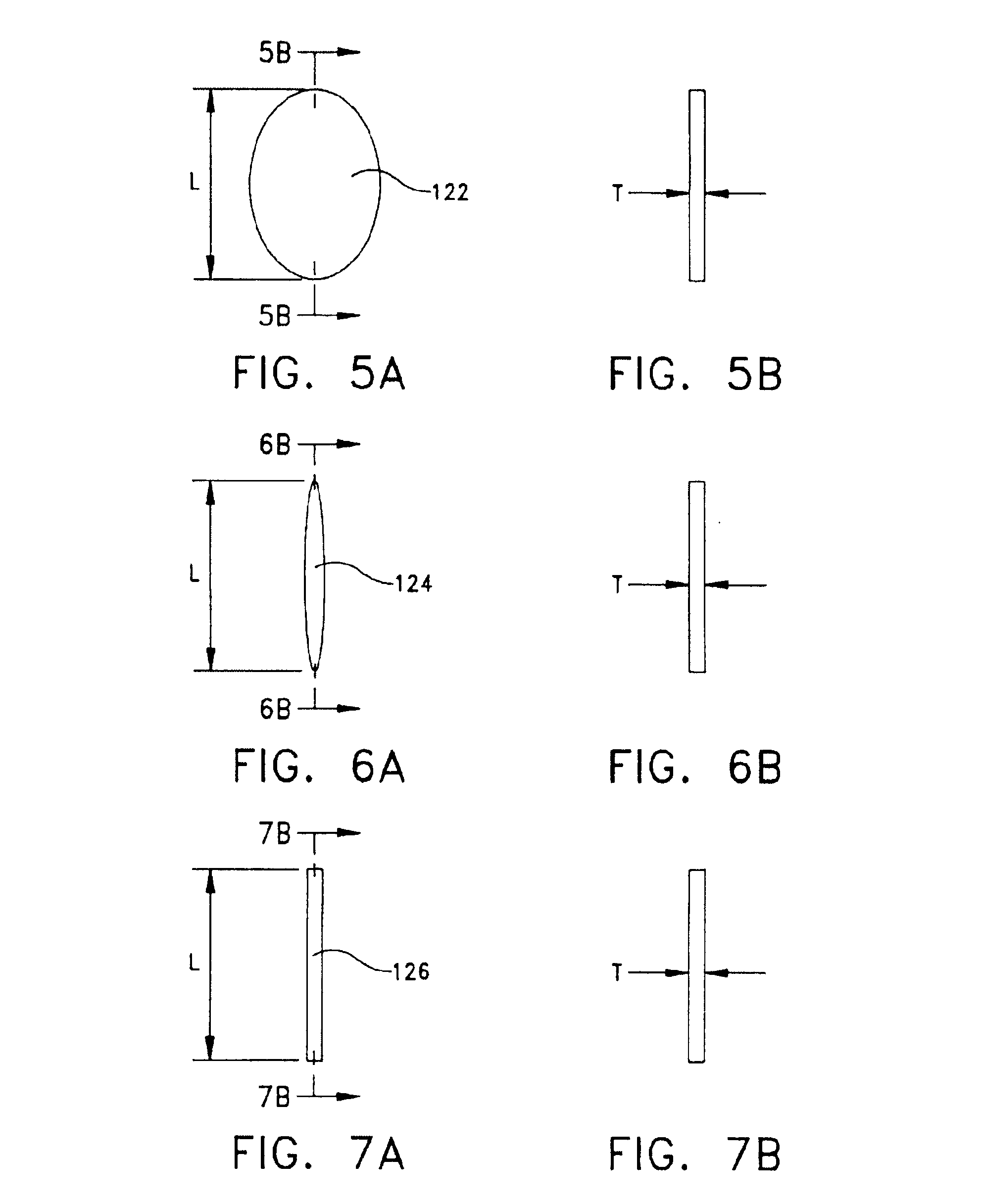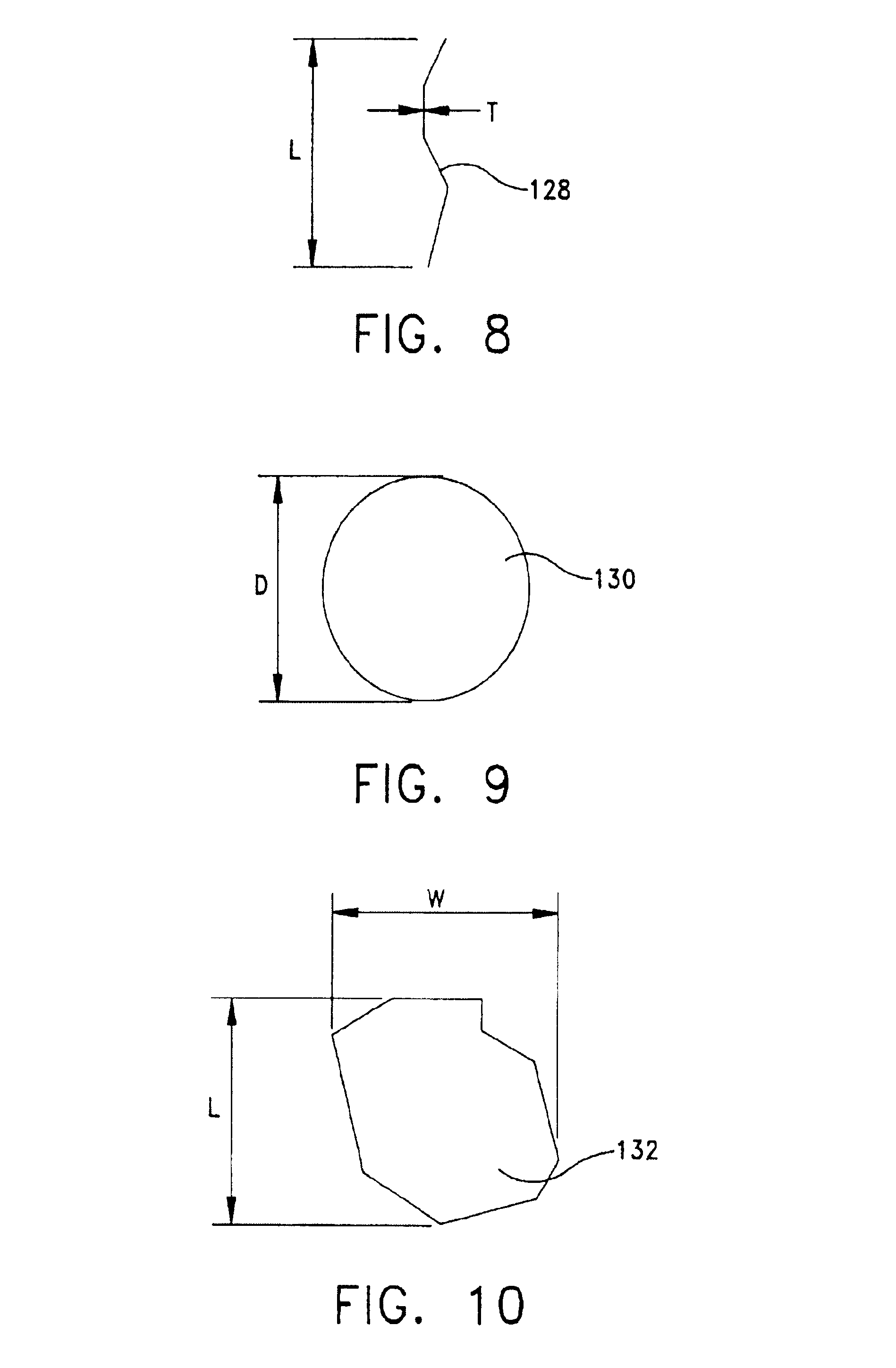Method of forming a highly thermally conductive and high strength article
a high-temperature-conductive, composite material technology, applied in the direction of conductors, electric/magnetic/electromagnetic heating, conductors, etc., can solve the problems of high and inability to meet the requirements of high-temperature materials, etc., to achieve the effect of reducing the cost of machined metal conductive articles
- Summary
- Abstract
- Description
- Claims
- Application Information
AI Technical Summary
Benefits of technology
Problems solved by technology
Method used
Image
Examples
Embodiment Construction
base matrix of polycarbonate material is provided as 50 percent (by volume) of the composition mixture. High aspect ratio high modulus PITCH-based carbon flakes, with an aspect ratio of approximately 50:1 and independent thermal conductivity of approximately 800 W / m.degree. K are provided as approximately 30 percent (by volume) of the composition mixture. High aspect ratio high strength PAN-based carbon flakes, with an aspect ratio of approximately 50:1 are provided as approximately 20 percent (by volume) of the composition mixture. The composition has a thermal conductivity of approximately 4 W / m.degree. K. Also, the composition exhibits a tensile strength of approximately 22.5 ksi, a flexural strength of approximately 35 ksi and a flexural modulus of approximately 4.5 Msi.
The following chart compares the composition 200 to the prior art compositions 10 and 100 of FIG. 1 and FIG. 2, respectively.
When employed as a thermal conductor, the composition 200 must thermally transfer heat ...
PUM
| Property | Measurement | Unit |
|---|---|---|
| tensile strength | aaaaa | aaaaa |
| flexural modulus | aaaaa | aaaaa |
| flexural strength | aaaaa | aaaaa |
Abstract
Description
Claims
Application Information
 Login to View More
Login to View More - R&D
- Intellectual Property
- Life Sciences
- Materials
- Tech Scout
- Unparalleled Data Quality
- Higher Quality Content
- 60% Fewer Hallucinations
Browse by: Latest US Patents, China's latest patents, Technical Efficacy Thesaurus, Application Domain, Technology Topic, Popular Technical Reports.
© 2025 PatSnap. All rights reserved.Legal|Privacy policy|Modern Slavery Act Transparency Statement|Sitemap|About US| Contact US: help@patsnap.com



